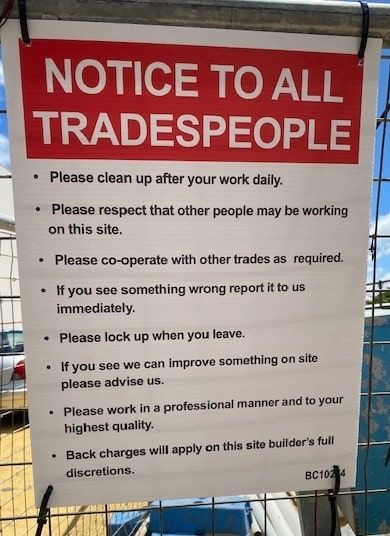10 Rules for Subcontractor Management
Subcontractors are an essential component of many projects. A failure of one subcontractor can lead to an unsuccessful project. These problems include inferior quality, missing milestones, poor safety practices including accidents, bad behavior, and more. The contractor’s project manager is usually quick to blame the subcontractor for these problems, even trying to absolve themselves of any responsibility for the problems caused by the subcontractor. But, subcontractors are viewed as an extension, or part, of the main contractor or general contractor. The failure of the subcontractor reflects on the main contractor’s reputation. Failure of a subcontractor often causes problems and additional costs for the main contractor. Then, how can subcontractor management be better? How can one create subcontractors management plan and contract document? Let’s take a look.
Managing Subcontractors
Creating a subcontractor management plan can be challenging. There are fundamental elements you should take into consideration which are listed below.

- Ensure your subcontractor is given all the correct project information, specifications, scope, project schedule with key milestones for their work, and terms and conditions before they price the work. Adding additional requirements later, or changing the scope or project schedule, will result in extra costs and change orders.
- Never award a contract to a subcontractor based solely on price alone. The subcontractor must have the knowledge, experience, and resources, to deliver the work. The cheapest price can turn out awfully expensive if the subcontractor does not perform according to expectations.
- Always check the subcontractor’s price carefully, ensuring there are no hidden, or extra costs, which will be incurred by the contractor, and that they’ve complied with the project schedule.
- Ensure that a sound contract document is used, one that includes the scope, terms and conditions, milestones, the obligations of both parties, the full price and what it includes, and the project conditions. The contract document must be unambiguous.
- Don’t pass risks to the subcontractor which they cannot control. Some contractors believe they can simply pass risks down to subcontractors and then forget about them.
- Make sure that the person supervising the subcontractor understands what they should be checking, such as progress, quality, safety, and potential issues, as well as ensuring that the contractor and the subcontractor meet their obligations.
- Subcontractor management is not always about the subcontractor and how they perform. Subcontractors should be treated fairly and paid on time. Late payments can result in problems with the subcontractor.
- All instructions of a contractual nature must be in writing, addressed to the subcontractor’s representative.
- When there’s a problem with the subcontractor’s performance, such as schedule slippage, immediately address this in writing, and follow up to ensure the problems are fixed. Take early action.
- You usually cannot terminate a subcontractor without going through the proper procedures, which should be outlined in the contract document. This includes notifying the subcontractor in writing of the concerns, which should also include the required actions from the subcontractor, with a timeline for the remedial actions. Only if the subcontractor fails to rectify the issues within the specified time can the subcontractor be issued a written notice of termination.
Subcontractor management is the contractor’s responsibility. This begins in the pricing stage, following through the subcontractor’s delivery stage, then ensuring the subcontractor has completed their work satisfactorily and finally checking that all defects associated with the subcontractor’s work are rectified correctly.
Even good subcontractors can let the project down if they are not managed properly. A subcontractor’s past performance is no guarantee that they will deliver good work on your project.

Paul Netscher, a construction professional with 30 years’ experience and author of several practical construction management books, including ‘Successful Construction Management: The Practical Guide’ and ‘The Successful Supervisor and Foreman’ and ‘Construction Claims: A Short Guide for Contractors’, available on Amazon and other online stores in paper or ebook.
Visit www.pn-projectmanagement.com for more articles and information.











I think that now a suitable software will be an excellent solution that will help in project management.